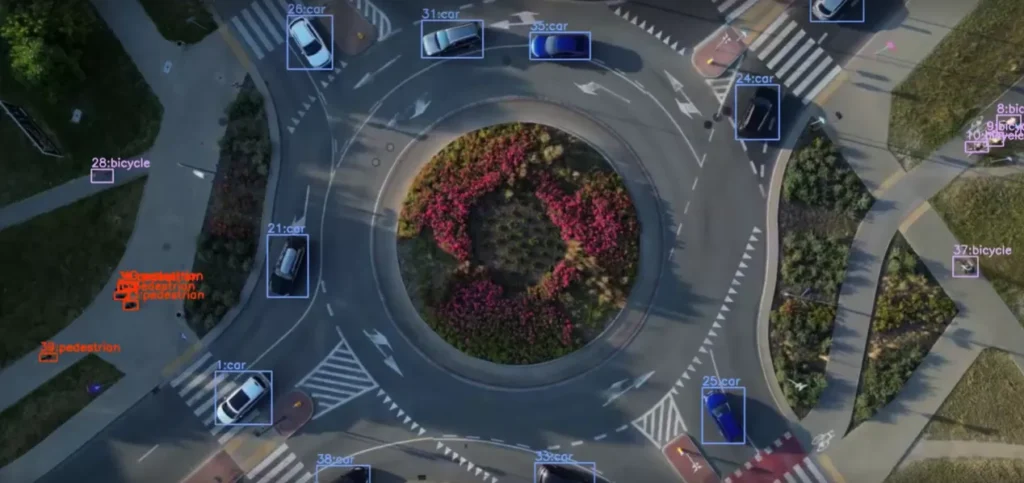
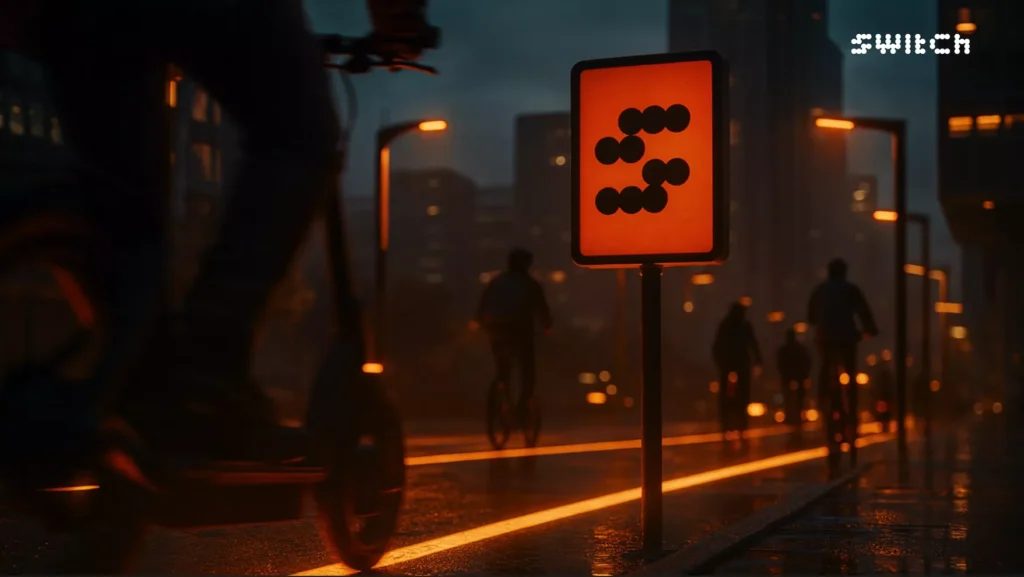
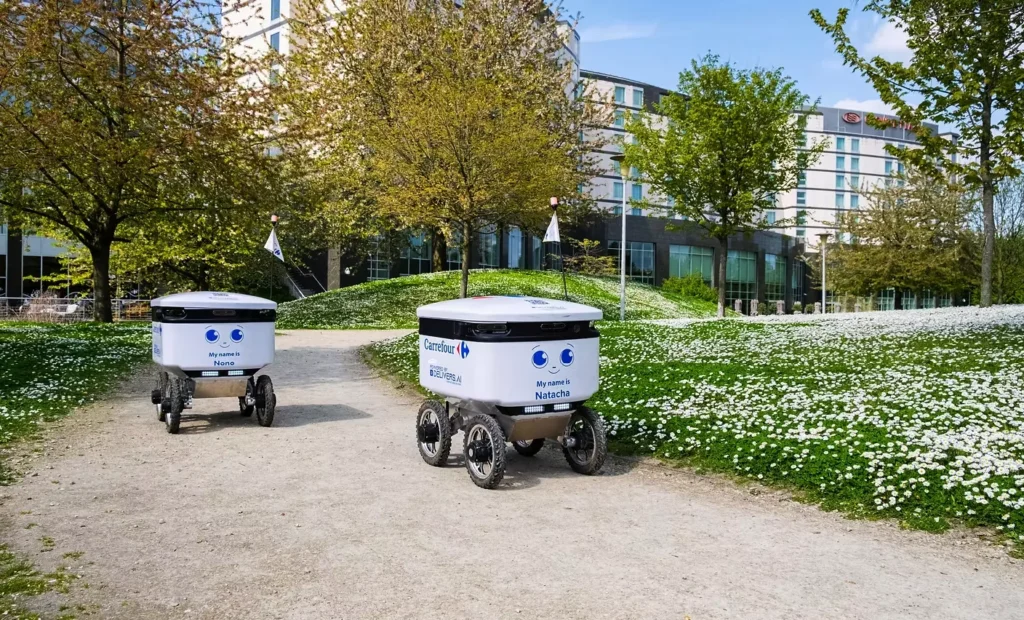
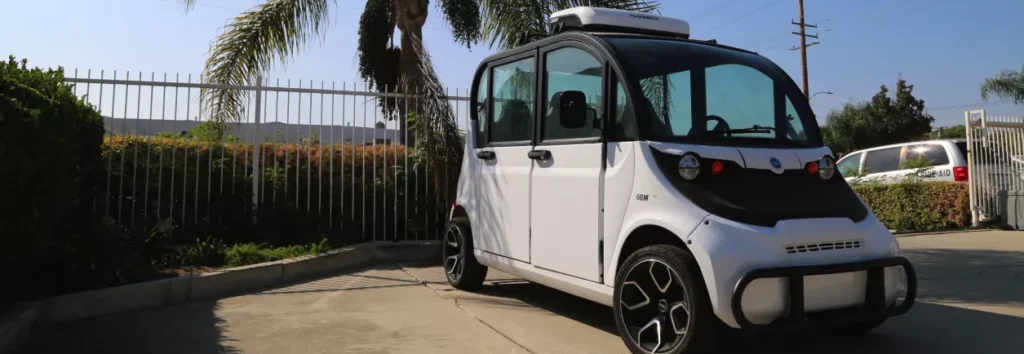
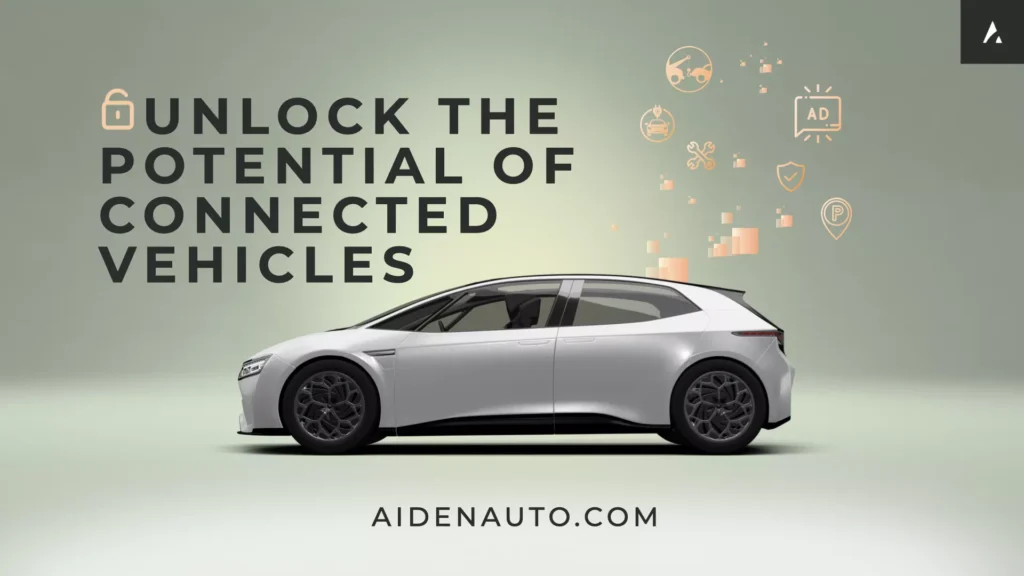





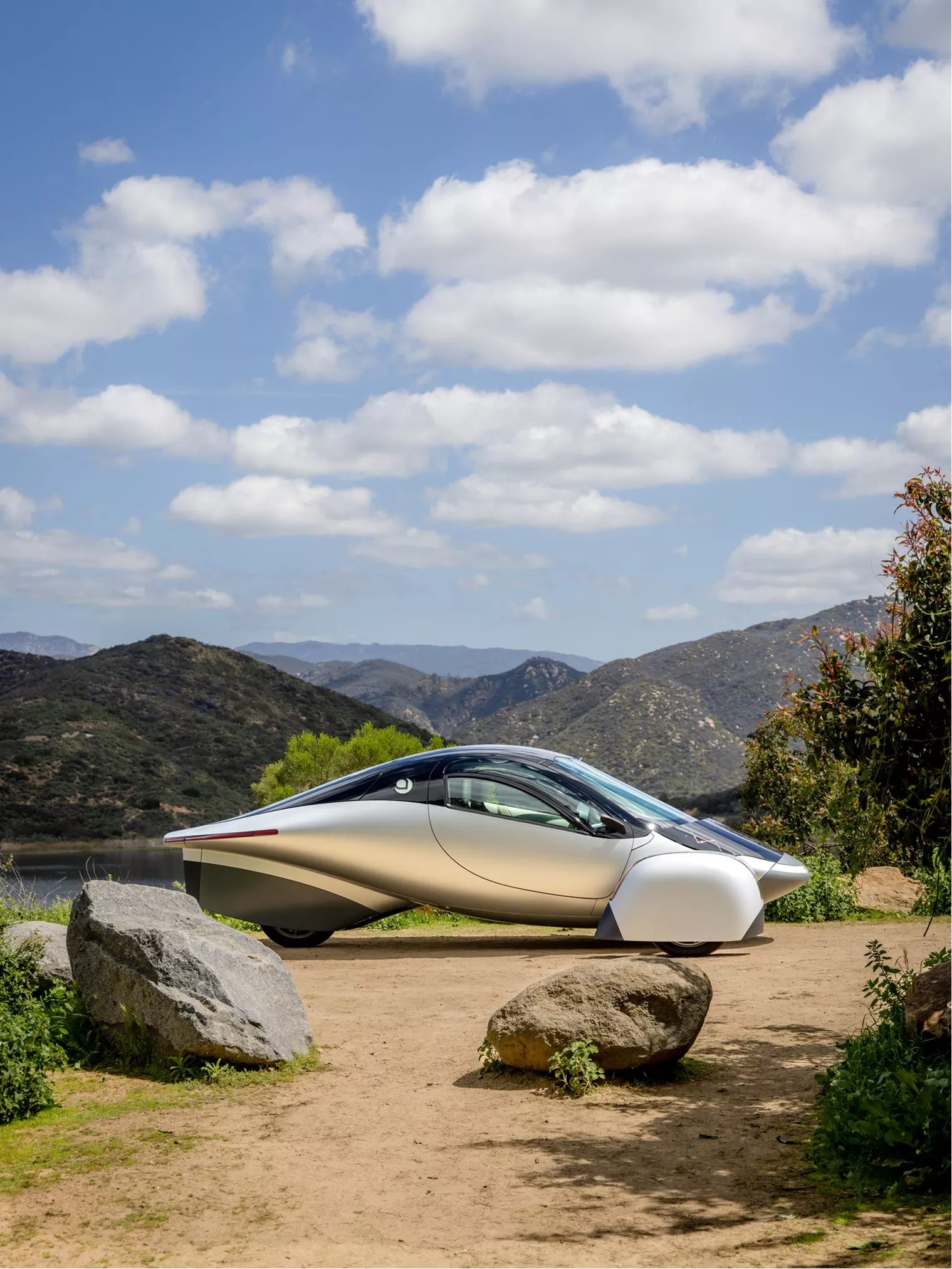
From EVs and batteries to autonomous vehicles and urban transport, we cover what actually matters. Delivered to your inbox weekly.
The EU set out to lead the global EV race. But in 2025, reality is catching up.
From slashed subsidies and delayed targets to tariff battles and charging gaps, Europe’s electrification path is looking more fractured than unified. While frontrunners like the Netherlands and Norway keep accelerating, laggards like Italy and Spain are stuck in neutral.
And as Chinese EVs flood the market, European leaders are torn: protect domestic industry or keep EVs affordable?
👇 Here’s what’s really going on.
Mobility is global — but seamless it is not.
That’s where Mozio comes in. A platform built to unify ground transportation across 5,000+ airports, train stations, and cities worldwide, making it easy to book everything from tuk-tuks in Bangkok to black cars in Berlin.
Major travel brands like Booking.com, Lufthansa, and United Airlines use Mozio to connect fragmented first- and last-mile services into a single click.
As EV adoption spreads and travelers expect frictionless, carbon-conscious options, Mozio is helping stitch together the world’s mobility grid — one API at a time.
✈️ Whether it’s a scooter in Lisbon or a shared shuttle in LA, Mozio is making sure your EV journey doesn’t stop at the airport curb.
The EU laid bold plans — 100% zero-emission car sales by 2035, millions of public chargers, and an industrial policy to match.
2025 has been a wake-up call.
Europe is building — but not fast enough.
The next two years are critical.
📉 Without serious momentum, the 2035 target could slip from ambition to fiction.
We have some catching up to do.
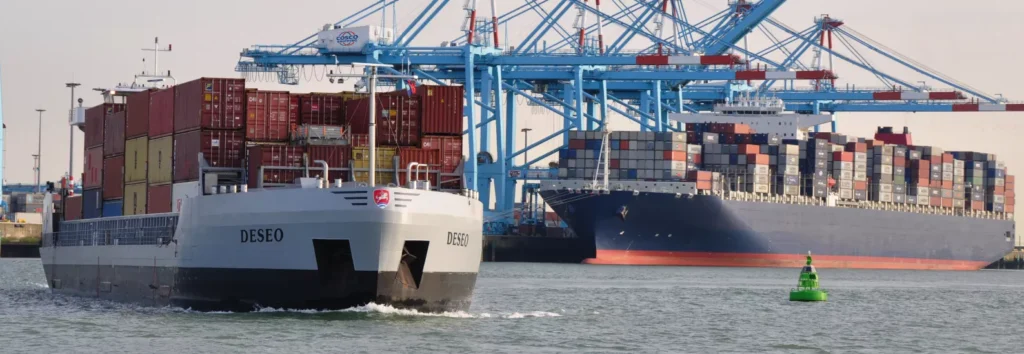
🛳 Europe’s Ports Brace for Chinese EV Boom
With Chinese EV imports spiking, ports like Zeebrugge (Belgium) and Bremerhaven (Germany) are seeing record volumes — and struggling to process them all. Some are even running out of space. And it seems the port congestion is going to only get worse. (myKN)
🇳🇴 Norway Hits 95% EV Market Share
While most of Europe lags, Norway’s EV penetration reached 95% in Q1 2025. The country is now focused on grid resilience and second-life battery use. We can confidently say — Norway has gone full electric. (IEA)
🇪🇺 EU Softens CO₂ Rules Amid Industry Pushback
The European Parliament approved a controversial change: automakers now have until 2027 (not 2025) to average fleet CO₂ emissions. (Innovation News Network)
💶 France’s €100 EV Lease Gets a 2025 Reboot
After overwhelming demand shut it down in 2023, France’s popular €100/month EV leasing scheme is back — now retooled for 2025. The updated program prioritizes rural and low-income households, with new vehicle supply deals in place and stricter eligibility rules. (Actupratique.fr)
🔌 Italy Eyes New Charger Subsidies
Facing sluggish EV uptake, Italy plans to increase charger deployment through tax incentives and faster permitting. (Electromaps)
The EU once led the global EV charge. Now? It’s slowing down, second-guessing itself, and watching China pull ahead. So what’s really going on?
Let’s bust the myths — and unpack what’s stalling Europe’s electric momentum.
📉 Reality: It’s cooling — fast.
Even with strong climate targets, the EU’s green momentum is wobbling.
⚠️ Reality: Policy is now a question mark.
Europe’s policy consensus on electrification is cracking.
🚗 Reality: Europe’s automakers are losing on price, speed, and software.
Even European automakers admit: they’re rushing to cut costs and struggling to stay competitive.
🏭 Reality: It’s an uphill battle.
Unless Europe solves its supply chain and software gaps, it risks becoming a market, not a manufacturer.
Europe still has strong brands, loyal buyers, and ambitious climate laws. But its EV lead is slipping, squeezed by policy backpedaling, Chinese competition, and a fragmented charging rollout.
Without a bold reset — on incentives, infrastructure, and industrial strategy — the EU may find itself playing defense in a game it helped invent.
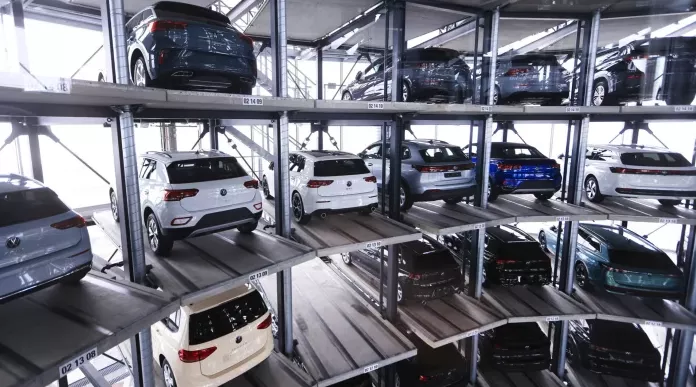
“VW Finance Chief: Our Restructuring Isn’t Enough” – Financial Times
Volkswagen’s CFO says the quiet part out loud: even after cutting thousands of jobs and halving German production capacity, the automaker is still falling behind.
⚠️ EV margins are shrinking. 📉 China sales are slipping. 💸 Trade tensions aren’t helping.
CEO Thomas Schäfer says the goal is to match EV and gas car costs by 2030 — but right now, VW’s core brand is bleeding share and losing speed.
The clock’s ticking. Is Europe’s auto giant too slow to survive the transition?
📉 EV sales are stalling.
🇪🇺 CO₂ targets are being softened.
🚢 Ports are clogged with Chinese imports.
Once a global leader in the green mobility push, Europe now looks like it’s hitting the brakes.
Meanwhile, China is flooding the zone — with affordable, well-specced EVs landing in Zeebrugge faster than EU policy can react. And with a 38% tariff cap being floated, the EU still can’t decide: protect its industry or protect its climate targets?
💬 So what’s really going on here?
📢 Drop your take in the comments. Is Europe falling behind… or just warming up?